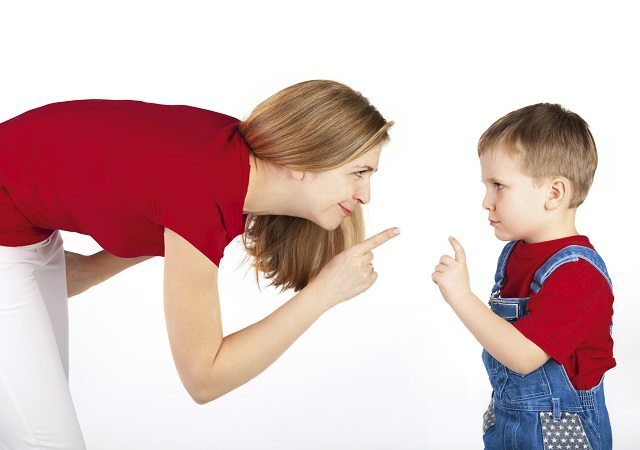
Every parent knows the struggle of the terrible twos, where their once placid, happy baby has suddenly morphed into a human capable of articulating some very strong emotions. It can often take people unawares, as it may not happen as soon as they turn two. It might happen earlier or later, but the fact remains that tantrums are an integral part of every toddler’s life. Expect them.
There are many different types of tantrums:
Attention tantrums
We all know this one, where your child is playing quietly and happily one moment, then as soon as you answer that important phone call, they need something desperately from you.
Tangible tantrums
This one is also familiar, when your child wants what they can’t have and no amount of placating will soothe them. They just want it, and they want it now!
Command avoidance tantrums
Ah yes, the ever popular ‘no’. How many parents rue the day they taught their child what the word ‘no’ means? But, on the other hand, isn’t great to see your child exhibiting their right to choose?
What to do with tantrums?
When you’re caught in the moment and in an awkward place, it can be very hard to know what to do to keep your child from exploding into a full-blown kicking and screaming meltdown. Being in public doesn’t help at all, and sometimes it is in these very places that kids decide it’s the best time for them to let off some steam. There are some ways and means to deal with tantrums though – here are just a few:
Organised chaos
Tantrums may seem chaotic, but they actually have predictable ups and downs. Usually in three stages, the child will begin by vocally expressing their displeasure (shouting), then they will physical show their displeasure by flailing on the floor, kicking their legs, maybe throwing an object or hitting, then, tired out, they will cry or whinge. It’s in the third stage where mum or dad should step in to try and help the situation. But how do you get through one and two without snapping?
Ignorance is bliss
It’s an age-old trick but the less attention you give to a tantrum the less the child will resort to one to get what they want. If you can, turn your back and continue doing whatever it is you were doing before the meltdown started.
Wait it out
There is little point to begin the reasoning process before stage three. During stages one and two the child is mentally taxed and can’t take on logical instructions or reasons, such as why they have to wear shoes outside. If you need to engage with your child during these stages, it’s best to keep it to short, clear orders such as ‘sit down’, or ‘be quiet’. Phrases like ‘be good’ and ‘calm down’ are vague and with non-specific outcomes.
You’re not alone
Tantrums are completely normal in the life of a toddler. Tantrums are how children learn to regulate and express their emotions. Similar to adults when we get angry we get a rush of adrenaline, causing us to sweat, our heart rate to go up and maybe even shake a little. It’s the same with children. So the next time you’re in the supermarket and your little one decides to have a meltdown, know that you’re not alone, and all the other parents out there salute you!
maternity&infant
Originally posted 2017-02-23 12:04:57.








